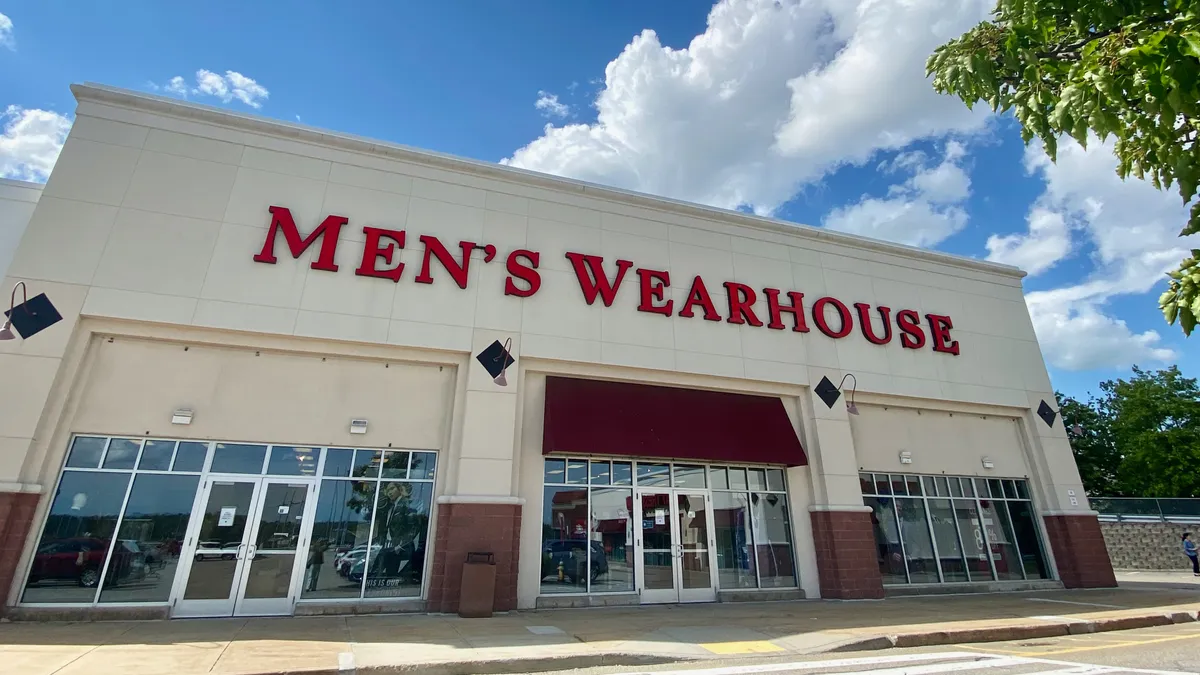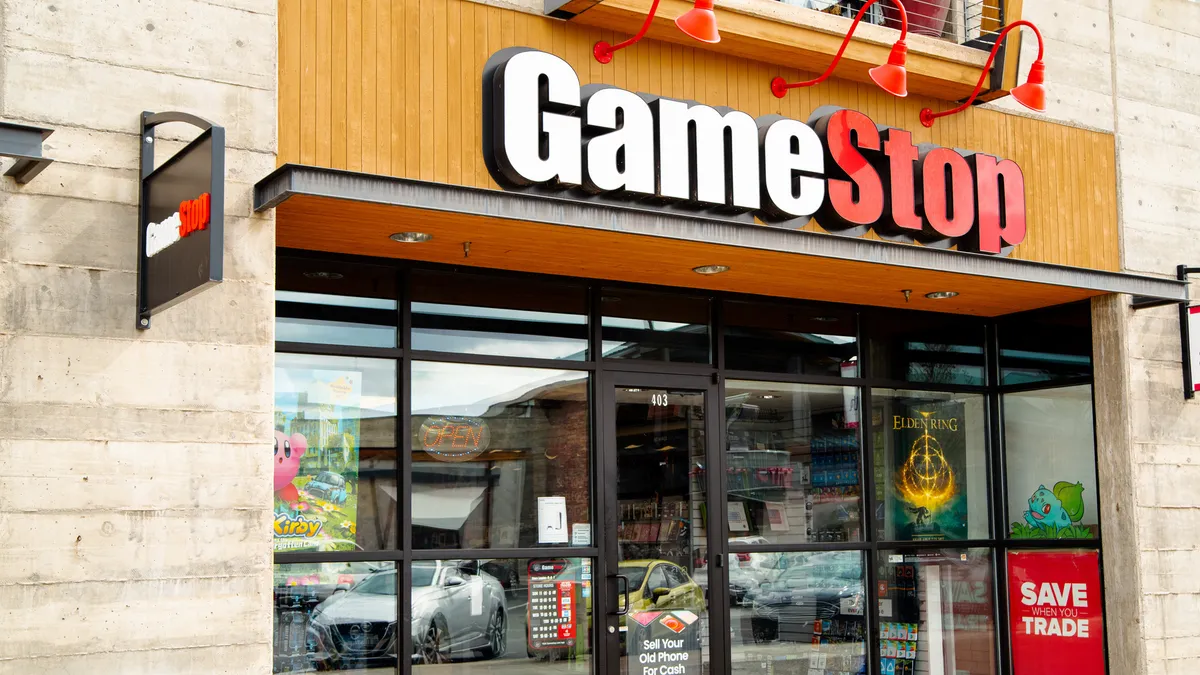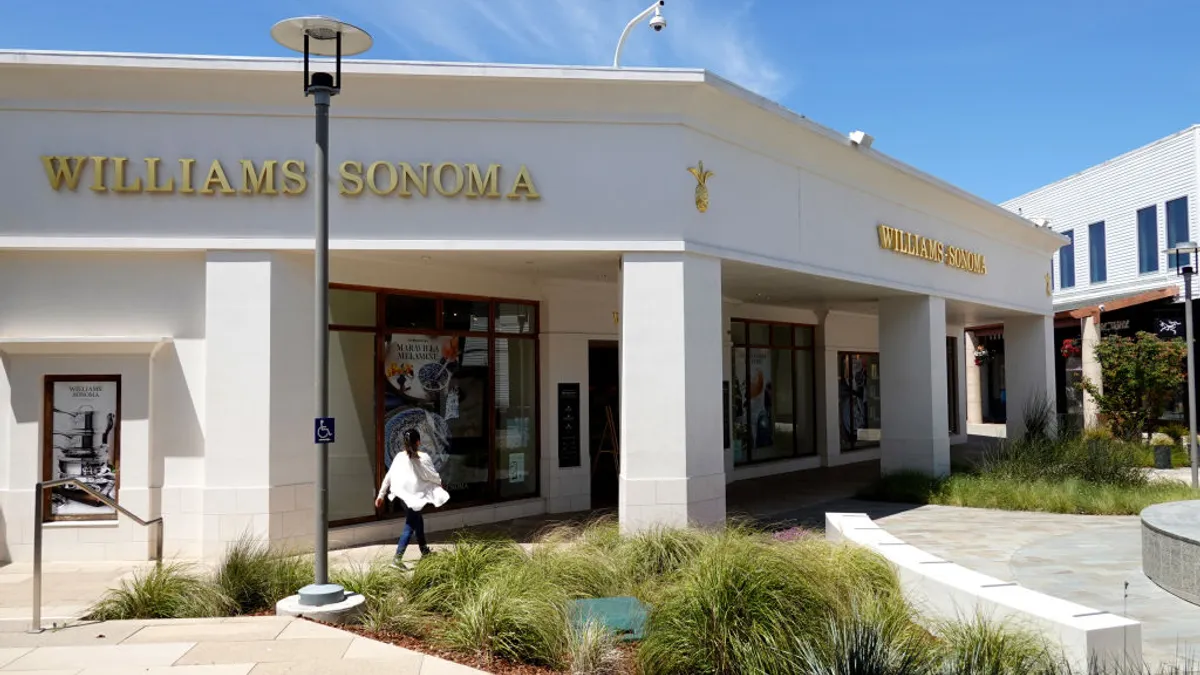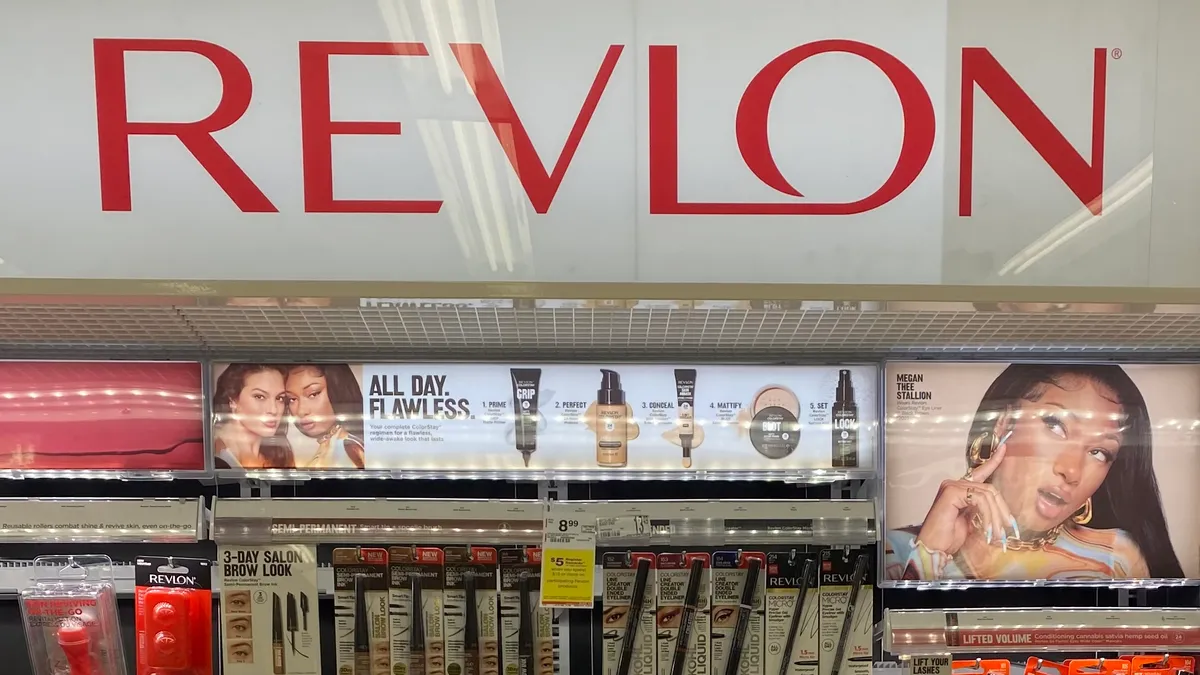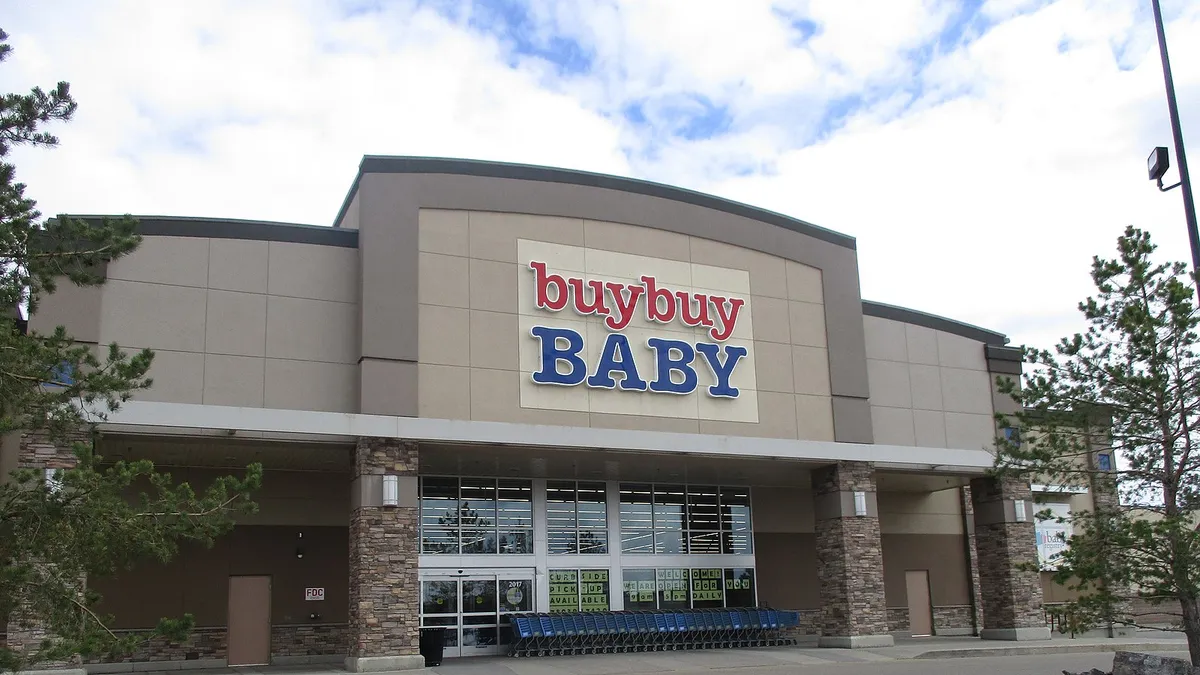Virtual reality has long been the province of the gaming world and fantasies like the movie Minority Report. But with virtual reality (VR) and augmented reality (AR) devices projected to be a $4 billion business by 2018, much is being made of the technologies’ potential to transform the retail customer experience.
Just last week, AT&T and Samsung Electronics announced an immersive VR experience in 133 AT&T stores that uses a Samsung GearVR by Oculus to help users “experience” a Carnival Cruise. And Samsung’s own flagship store in New York isn’t really a store at all, but a “digital playground” dedicated to VR experiences.
Lowe’s recently revealed the latest iteration of its “Holoroom” using Oculus Rift optic technology and Google Cardboard. Meanwhile, in October, Tommy Hilfiger debuted the same SamsungVR device, allowing customers to “sit” in the front row at a fashion event and “experience” backstage goings-on.
“In shopping and retail, VR is the future,” says Mark Hardy, CEO of VR company InContext Solutions. “2016 is the year of VR. You’ll see the introduction of the wearables, and up till now, what has been missing is the content. We’re coming into it, using VR to rethink the experience. We’re in that now, but right in the beginning.”
B2C VR
Mobile is now inextricably linked to that, too, according to Abi Mandelbaum, CEO of VR platform YouVisit.
"Mobile will be a huge driver for consumer adoption of VR," Mandelbaum told Retail Dive in an email. "Consumers today are much more hesitant to go out and initially purchase a VR headset in order to try the technology. By enabling consumers to instead view VR experiences through their mobile device, we are able to completely lower the barriers to adoption because they are already comfortable and familiar with mobile technology."
That will help retailers both in store and online, according to Mandelbaum, as long as it's part of a concerted effort to reach customers.
"If ecommerce has done anything, it has set a new expectation for consumers to be able to reach a brand wherever and whenever they desire," he says. "VR is no different. For this technology to be successful, brands need to think about how this content can be inserted into the everyday lives of customers. The best way to do this is to enable them to access it on the one device they constantly use, their cell phone."
However, while a lot of this is exciting on the “B2C,” or business-to-consumer side, Hardy told Retail Dive, VR is already reaching its stride in B2B. That is, VR is helping retailers, manufactures, and other businesses behind the scenes, like testing and shaping stores and choosing merchandise, in record time and for much less money.
'Place' and 'feel' through VR
Some B2C or consumer-facing VR is finding early traction. Generally speaking, "augmented reality" is a blend of fictionalized reality and real life, as when shoppers mix photos of their room with photos of a retailer's chair, while "virtual reality" is a creation of a world that allows user interaction. Some people use the terms interchangeably, though none of our experts did for this story.
While it’s easy to “touch and feel” furniture, unlike clothes, cars, or most other products, it’s difficult to try out furniture in a room, and a pain to return if it doesn't work out. It’s an area that fails even brick-and-mortar retail time and again because shoppers are easily discouraged. And it’s the reason that furniture retailer Restoration Hardware has invested so much in appealing to the imagination through its extensive and elaborate showrooms.
But it’s also why home-improvement retailer Lowe’s is continuing to develop its “Holoroom.” The Holoroom, first unveiled in 2014, allows homeowners or their interior designers to try things out in their own spaces, or share ideas, including apps that operate on mobile.
Similarly, Cimagine has developed augmented reality software that is helping shoppers "place" furniture and appliances in their own rooms, using photos they’ve taken with a catalog of rendered images of the products. Shoppers can also switch out fabrics, patterns, and colors to help with their decision-making.
“Our belief, if you think about the origins of commerce, is that people are used to seeing items before buying them,” Cimagine VP of product and co-founder Nir Daube told Retail Dive. “With AR decision-making is much easier and much faster for consumers.”
Becoming emotional
VR also has the ability to enhance an aspect of shopping that has largely been lost in e-commerce—the emotional side.
“The online store needs to provide us with the same kind of experience, to create these feelings we have in physical stores,” Liraz Margalit of digital “customer experience” solutions startup Clicktale told Retail Dive last year. “When you go to buy something, it’s not always a rational decision. It’s an emotional one. But sitting at our screens is a more ‘rational’ environment than being in a store.”
VR isn’t quite there yet in retail, says Hardy, but eventually it will indeed go far in creating an experience that will be close.
“In e-commerce, the experience is still two dimensional, and the biggest challenge is up-sell and cross-sell,” he says. “When you think about virtual commerce, the future of it, you will able to immerse yourself into the store. You’ll be able to pick up products, look around, see other items nearby."
For example, he says, while a shopper today may be able to see clear photos of handbags online, including perhaps even of the inside, with VR a shopper will be able to open up pockets, unzip the bag, and interact with the product.
“Two things VR still can’t do are smell and touch,” Hardy says. “But what virtual’s allowing, from a b2c application, is the ability to get to know that product, shop with a friend. It allows for that more engaging emotional experience.”
Total store redesign
Like InContext Solutions, Cimagine has found that retailers and other businesses are finding profound uses for VR and AR technologies, and that the "B2B" business is an easy fit for its application.
“In the last six months we’ve found that it’s not just a consumer problem but also an enterprise problem,” Daube says. “We’re working with Coca-Cola worldwide, for example, to actually show store owners how Coke coolers and signage would look in their own einvlorment.”
That kind of application is especially profound for retailers, says Hardy, because they are able to drastically save on time and money on big decisions like changes to store layout that would normally take months and money, as well as painstaking physical and communications effort.
InContext Solutions uses VR to have potential customers try out various store layouts, shelf configurations, or merchandise. These customers try out the layout (or whatever is being tested) and the software collects data on their itinerary, how much time they spent, what they picked up, put down, or chose. The software can also follow up with the virtual shoppers to ask why any of those decisions were made along the way.
“What we are set up to do is to use virtual to really think through a retailer’s shopping experience,” Hardy say “We can rip apart their entire store, change their flow, change lighting fixtures, then send the consumers in to shop it. We’ve cut out all the labor, the capital expenditures, and we’ve also eliminated all this time. In the old days a retailer would have to dedicate one to three to five stores to test those concepts, maybe spend a half a million dollars and wait six months to get that data.”








